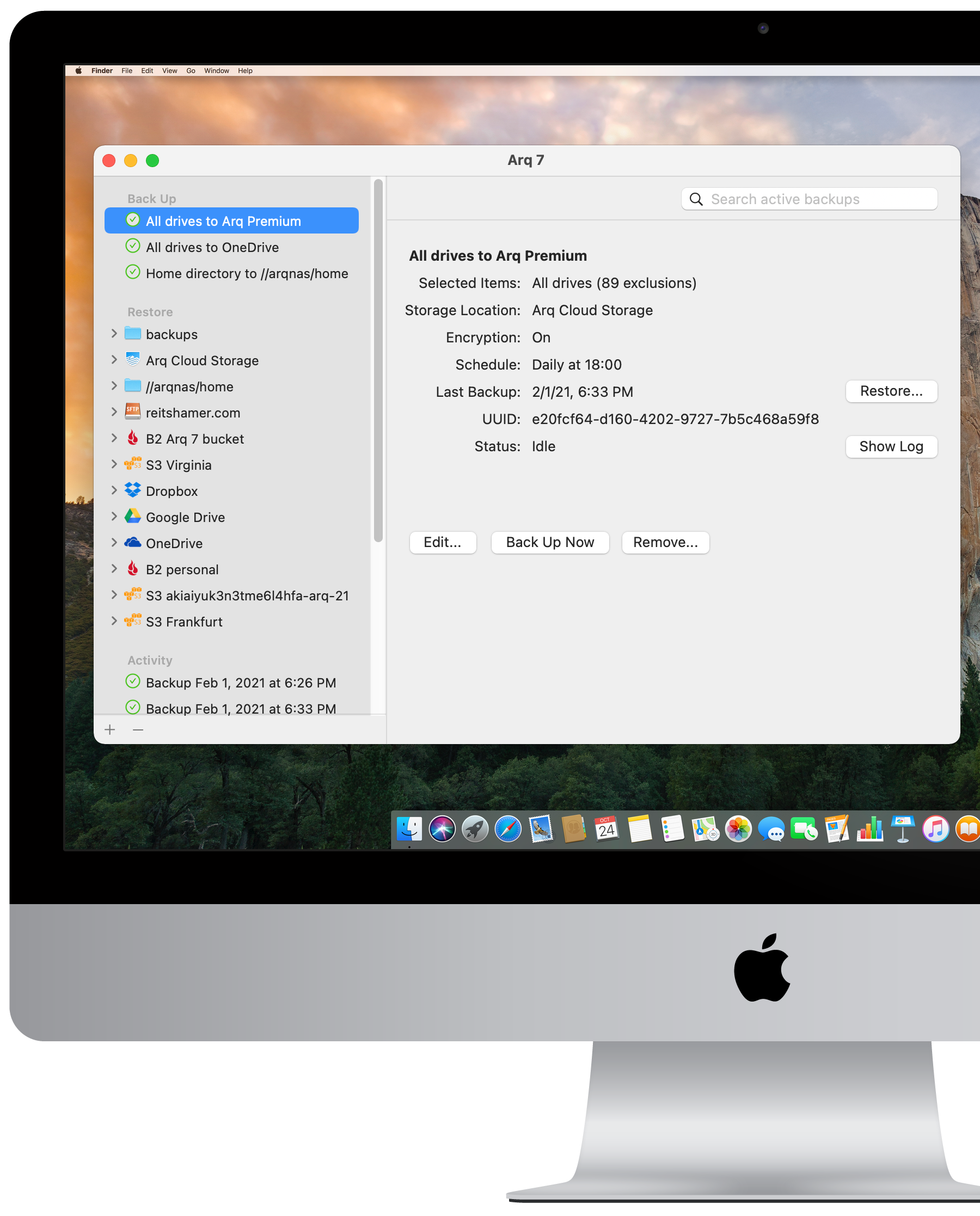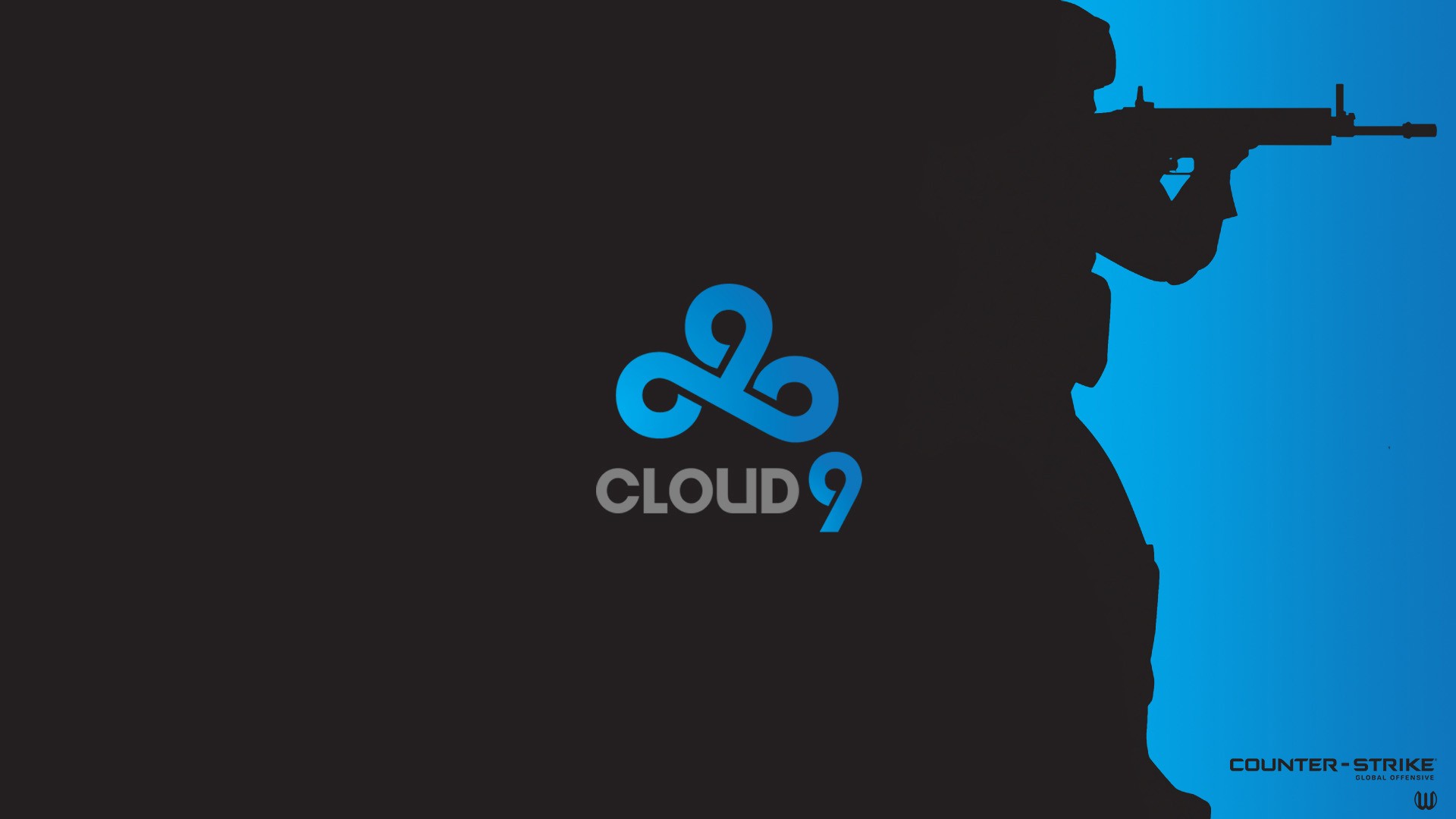

That way, a single disk failure will never cause you to lose your data. On these 15 disks, there are at least three copies of each data block. RAID stands for “redundant array of independent disks.” In Carbonite’s version of a RAID setup, your data is split into blocks and spread across 15 different disk drives. To ensure such mishaps don’t affect you too much, Carbonite incorporates RAID technology into their storage architecture. Redundant Data StorageĮven with such measures in place, server disks will eventually fail. Biometric scanners and electronic key cards are required for entry. Security staff also patrol their centers 24 hours a day, and all activity is tracked via CCTV. To achieve this level of protection, Carbonite data centers are climate controlled and incorporate both battery backup and on-site generators. A hardened data center is one that is built to withstand natural damage like earthquakes and fires, and man-made damage, like terrorist attacks.

Hardened Data CentersĬarbonite’s servers are kept in what are known as “hardened” data centers. Carbonite provides a nicely detailed whitepaper on their data security practices, so we’ll use them as an example. Good cloud backup providers go to great lengths to make certain inevitable failures don’t result in data loss.

Just like the drive in your computer, these are susceptible to disk damage and the ravages of time. The obvious concern is that these servers use hard drives themselves. When you store your files on the “cloud,” you’re really storing them on remote servers. Backblaze and Carbonite give you unlimited backup for just $5 per device. Thanks to strong competition among cloud backup services, that cost is generally affordable for anyone. Even then, recovery is no guarantee.Ĭloud backup solutions let you recover your data for no more than the cost of your subscription, regardless of whether you spilled your coffee on your laptop or it got run over by a dump truck. For example, electronics retailer Best Buy charges between $200 and $1450 based on the severity of the issue.

The costs of recovering data from damaged or faulty drives can be exorbitant. Even if you take very good care of your computer, normal wear and tear on the drive’s physical components will eventually cause it to fail. Delicate mechanical parts can be damaged from drops, overheating or water. You can maintain your device’s exact file system structure in the cloud, and recover it precisely when needed. Cloud backup services, meanwhile, let your store files without having to move content around on your hard drive. The main issue using cloud storage services for backup is that they force you to move content into a cloud-connected sync folder. The reality, though, is that those services are better designed for getting work done than safeguarding content.Įven cloud storage services that put an emphasis on security like and pCloud aren’t well suited to recovery from hard drive corruptions and crashes. Many people use cloud storage services like Dropbox and Google Drive to protect their files. Understanding the difference between cloud storage and cloud backup is the first step in making sure your data is secure.
Best personal cloud for mac 2018 how to#
Best personal cloud for mac 2018 password#


 0 kommentar(er)
0 kommentar(er)
